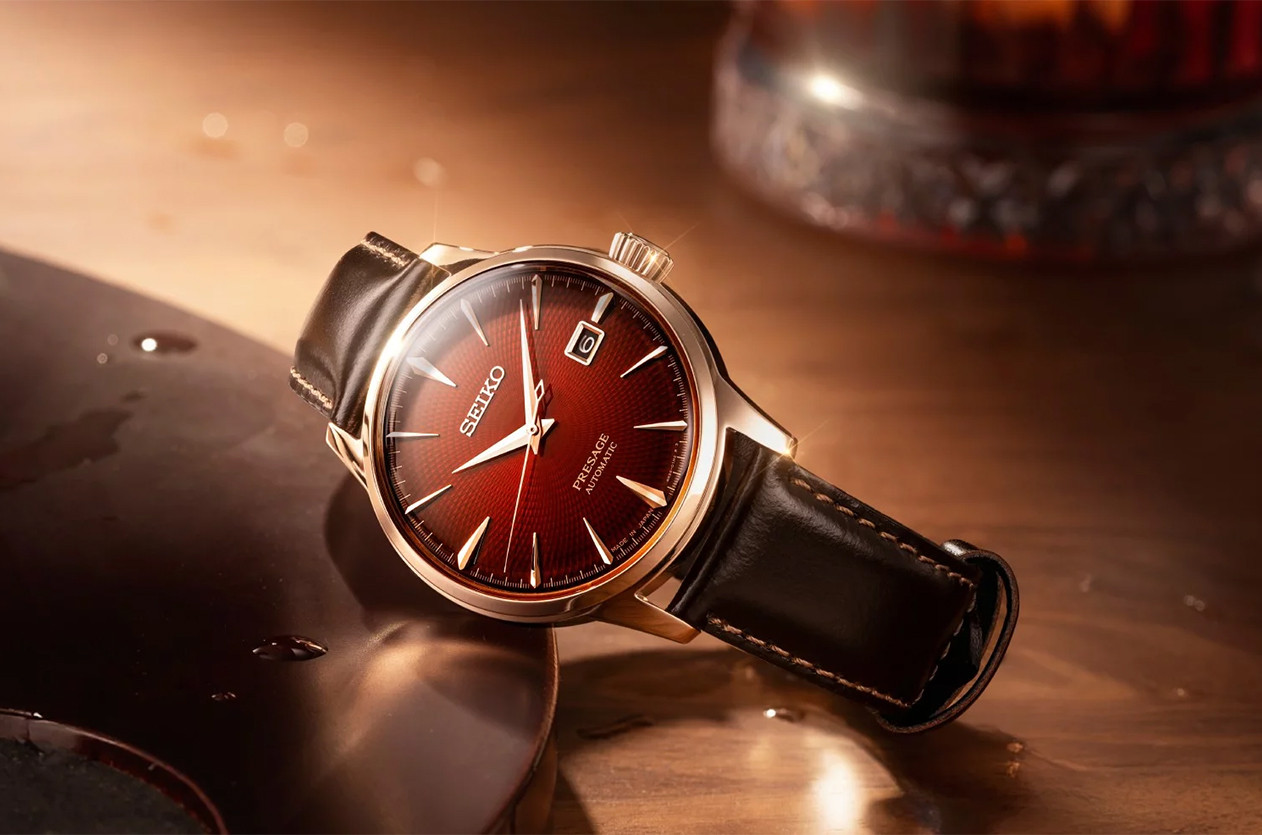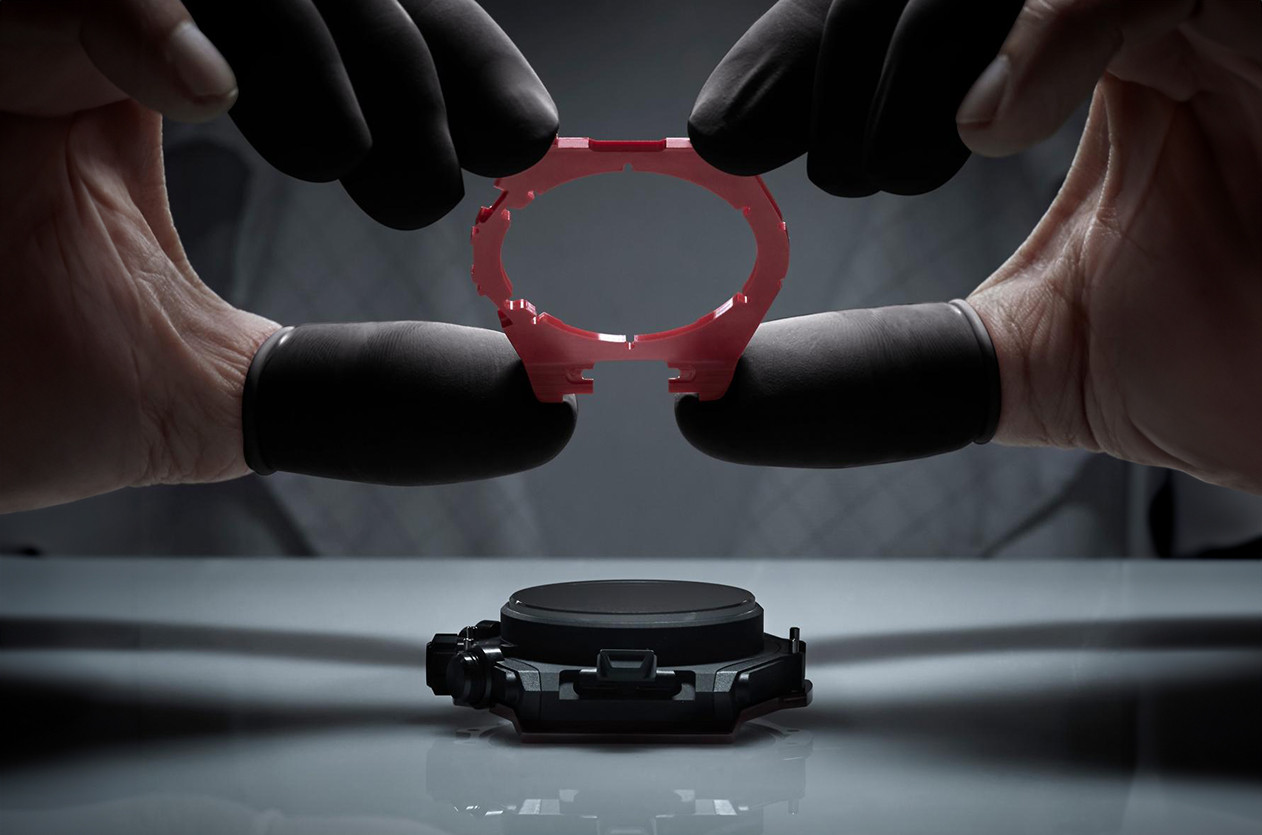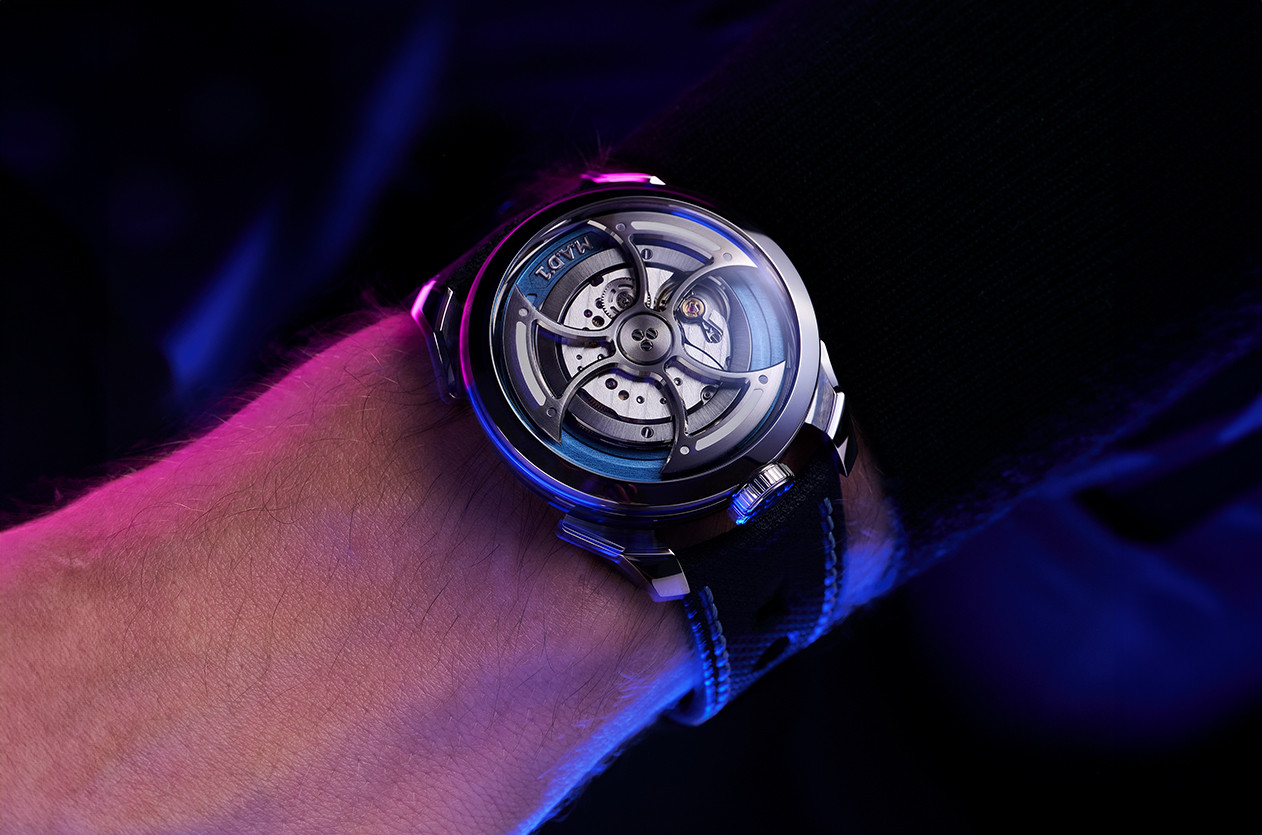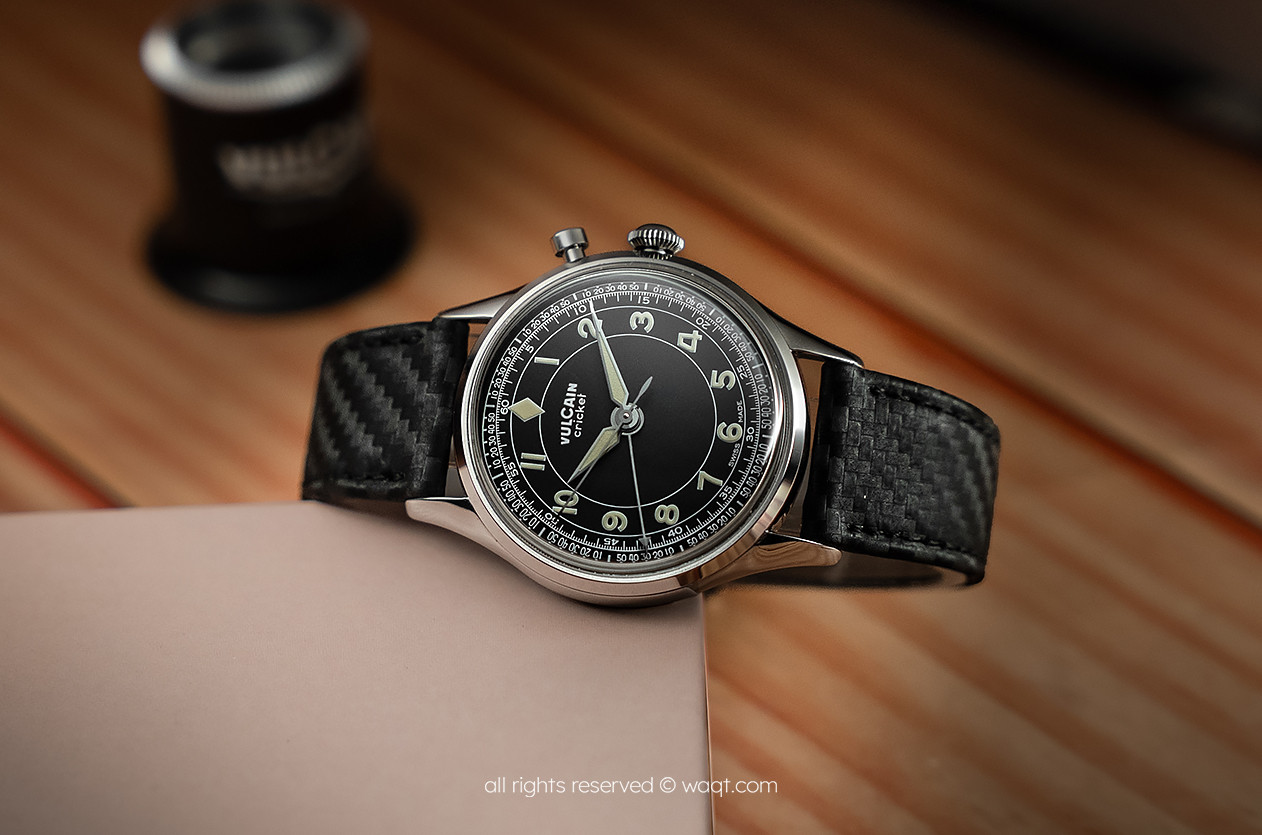
Introducing Seiko Unveils the Presage Cocktail Time SRPL96J “The Conte”
Welcome to the hub of the horoloy
An AM/PM indicator on a wristwatch is a feature that displays whether it is morning or evening. This feature is commonly found on digital watches and is usually represented by the letters "AM" and "PM" on the watch face. The indicator can be useful for people who need to keep track of time in 12-hour format and want to avoid confusion between morning and evening.
Some analog watches also have an AM/PM indicator in the form of a day/night disc that rotates to show whether it is day or night. This is often seen in watches with complications such as world time or dual time zone displays.
It's worth noting that many modern digital watches use a 24-hour format, which eliminates the need for an AM/PM indicator. In these watches, the time is displayed in a continuous cycle of 24 hours, with no need to distinguish between morning and evening.


News Dubai Watch Week 2025 Will Be the Largest Ever with 90 Brands Participating

Technical The Frequency, Why It Matters in Mechanical Watches

Editorial The Secrets of Watch Case Design

Editorial Abraham-Louis Breguet, The Father of Modern Horology

Introducing MB&F Unveils the New Generation of Its Famous Collection the M.A.D.1S

Hands on Vulcain Cricket Classic 39mm Black & Khaki